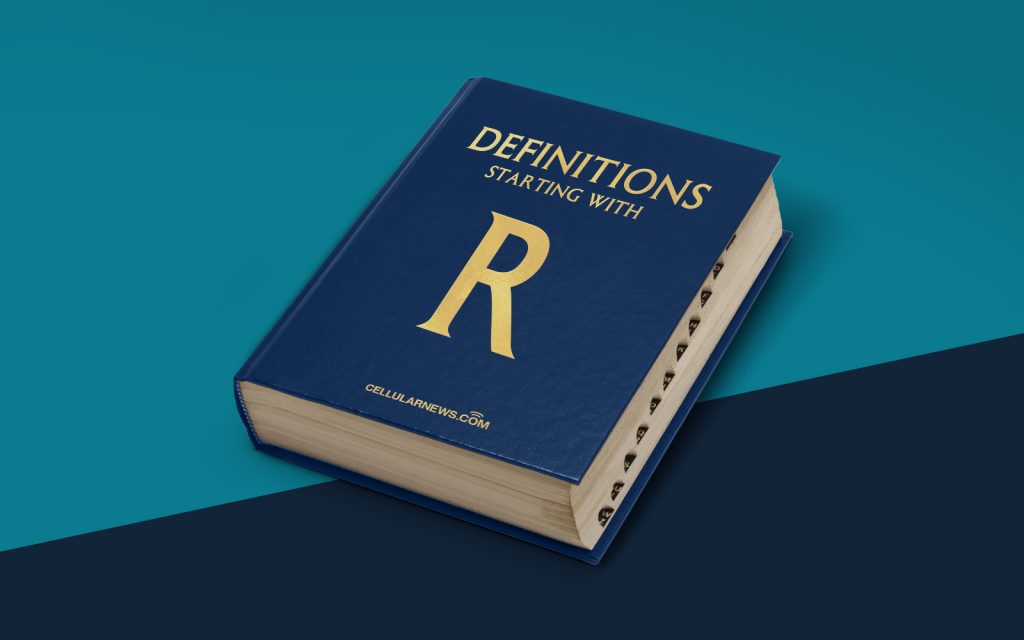
What is Rights Clearance?
Welcome to our “Definitions” category, where we dive deep into various terms and concepts related to content creation and intellectual property. In this post, we will explore a fundamental concept – Rights Clearance.
Have you ever wondered how creators and businesses secure the necessary permissions to legally use someone else’s content? Well, that’s where rights clearance comes into play. In simple terms, rights clearance is the process of obtaining legal permission from copyright holders to use their work in a particular way.
Key Takeaways:
- Rights clearance is the process of obtaining legal permission to use someone else’s copyrighted work.
- It ensures that creators and businesses can use the content in a legally compliant manner without facing any copyright infringement claims.
Rights clearance is a vital aspect of content creation, especially in industries where using copyrighted material is common practice. Without proper rights clearance, creators run the risk of facing legal consequences that may result in hefty fines or even the loss of their business.
Now that we understand the importance of rights clearance let’s take a closer look at the key steps involved in the process:
- Identify the Copyright Holder: The first step is to determine who owns the rights to the content you wish to use. This could be an individual, a company, or even multiple parties. Performing due diligence in this step helps ensure that you contact the correct copyright holder.
- Contact the Copyright Holder: Once you have identified the copyright holder, you must reach out to them to request permission to use their work. This can be done through written correspondence, email, or even a dedicated rights clearance platform.
- Negotiate Terms and Obtain a License: During this stage, you will discuss the terms of use with the copyright holder and negotiate a license agreement. The agreement may include details about the duration of use, territories in which the content can be used, and any associated fees or royalties.
- Secure Documentation: Once both parties have agreed upon the terms, it is crucial to ensure that all agreements and permissions are properly documented. This documentation serves as proof that you have obtained the necessary rights to use the content and helps protect you from any future disputes.
- Monitor and Renew: Rights clearance is an ongoing process. It is essential to regularly monitor the terms of your license agreement and renew it as needed to maintain legal compliance.
By following these steps, creators and businesses can navigate the complex landscape of copyright law and ensure that their content usage is fully authorized. Rights clearance provides peace of mind and allows for innovative collaborations while respecting the intellectual property rights of others.
So, the next time you come across a captivating image, a catchy tune, or a thought-provoking quote, remember the importance of rights clearance. It protects the rights of creators, promotes ethical content usage, and keeps the creative industry flourishing.
